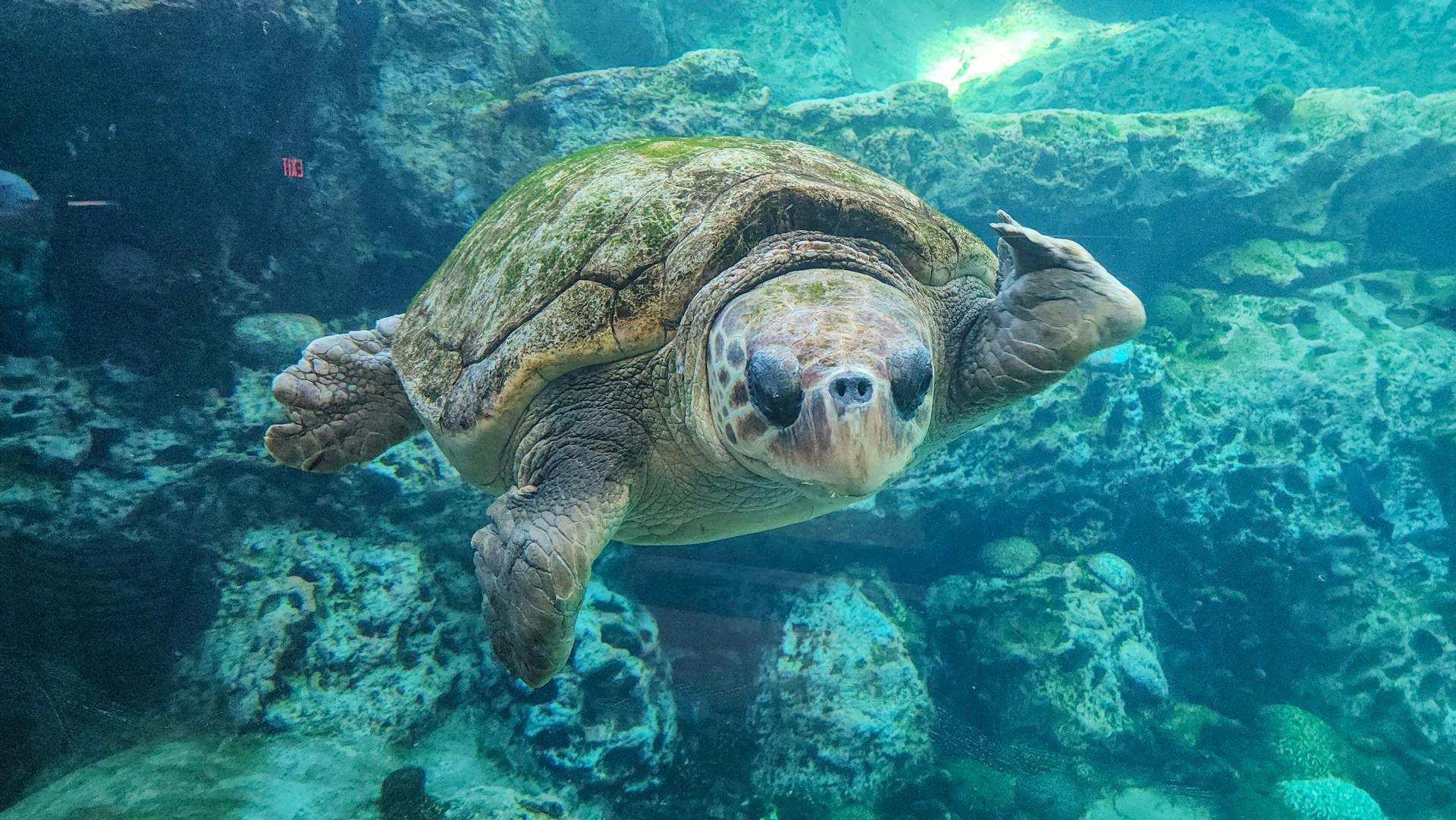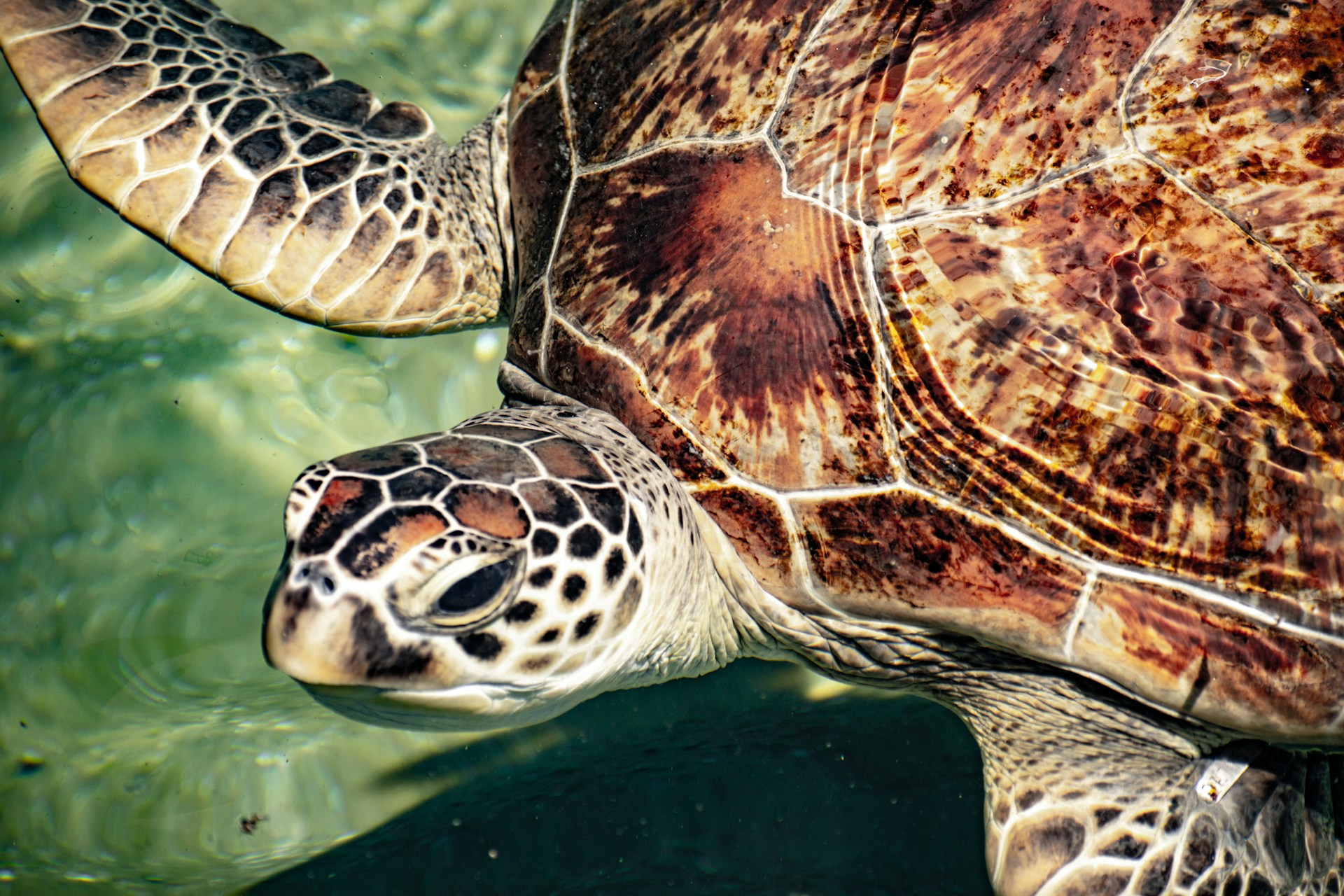In the vast blue expanse of our planet’s oceans, one of nature’s most remarkable journeys unfolds year after year—the epic migration of sea turtles. These ancient mariners, who have inhabited Earth for over 100 million years, undertake extraordinary voyages spanning thousands of miles across open ocean. From the moment they hatch on sandy beaches and scramble toward the sea to their decades-long journeys crossing entire ocean basins, sea turtles represent one of the animal kingdom’s most impressive examples of migratory behavior. What drives these seemingly slow-moving creatures to embark on such immense journeys? How do they navigate across featureless ocean expanses? And what challenges do they face in our rapidly changing world? The answers reveal fascinating insights into evolutionary adaptation, biological imperative, and the incredible resilience of these remarkable reptiles.
The Evolutionary Legacy of Turtle Migration
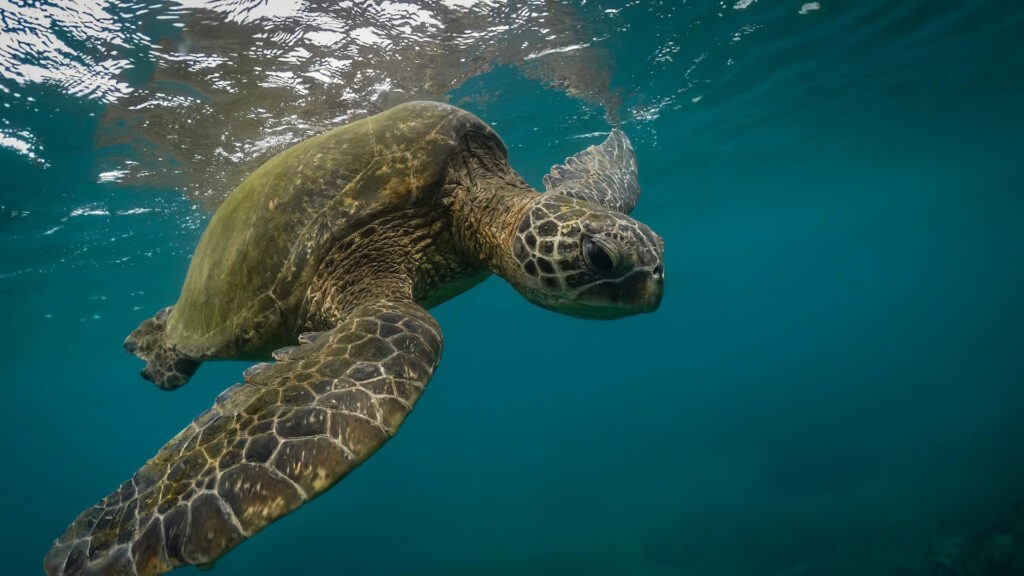
Sea turtle migration isn’t a recent adaptation but rather an ancient behavior refined over millions of years of evolution. These reptiles evolved from land-dwelling ancestors more than 110 million years ago, developing specialized adaptations that allowed them to thrive in marine environments while maintaining their need to return to land for reproduction. This dual existence has shaped their migratory patterns, creating a life cycle that spans different habitats and requires remarkable navigational abilities. The evolutionary pressures that selected for these migratory behaviors included access to abundant food sources, suitable nesting beaches, favorable water temperatures, and reduced predation risk. Over countless generations, the turtles that successfully navigated these journeys passed their genetic advantages to offspring, reinforcing these remarkable migratory instincts that continue to guide sea turtles today.
Species-Specific Migration Patterns

While all seven species of sea turtles migrate to some extent, their patterns vary dramatically between species and even populations. Leatherback turtles, the largest sea turtle species, hold the record for longest migrations, with documented journeys exceeding 10,000 miles as they cross the Pacific Ocean between Indonesia and the California coast. Green turtles are famous for their migrations between feeding grounds and nesting beaches, with the best-known example being their journey to Ascension Island in the middle of the Atlantic Ocean. Loggerhead turtles embark on one of the most remarkable migrations of any animal, with hatchlings from Florida beaches entering a transoceanic gyre that carries them around the entire North Atlantic basin over several years. Olive ridley turtles engage in mass migrations called “arribadas,” where thousands come ashore simultaneously at specific beaches. These diverse patterns demonstrate how different species have evolved varied strategies to maximize survival within their ecological niches.
The Breeding Imperative
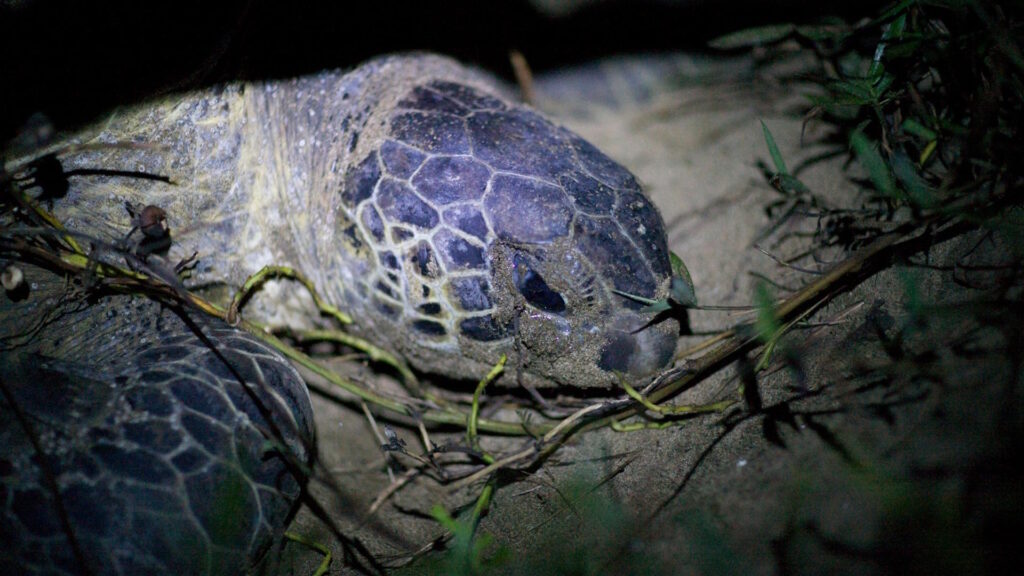
Perhaps the most powerful driver of sea turtle migration is the biological necessity to return to specific beaches for nesting. Female sea turtles display remarkable natal homing, returning to the very regions—sometimes the exact beaches—where they themselves hatched decades earlier to lay their own eggs. This philopatric behavior creates an unbroken chain between generations and specific geographic locations that can span centuries. The imperative to nest on land creates a fundamental tension in sea turtle biology: while these animals have evolved superbly adapted marine bodies, they remain tied to terrestrial habitats for reproduction. This breeding imperative drives females to undertake energy-intensive journeys from distant feeding grounds to ancestral nesting beaches every 2-5 years, depending on the species. Males also migrate toward breeding areas, though they don’t come ashore, instead waiting offshore to mate with receptive females.
Seasonal Temperature Regulation
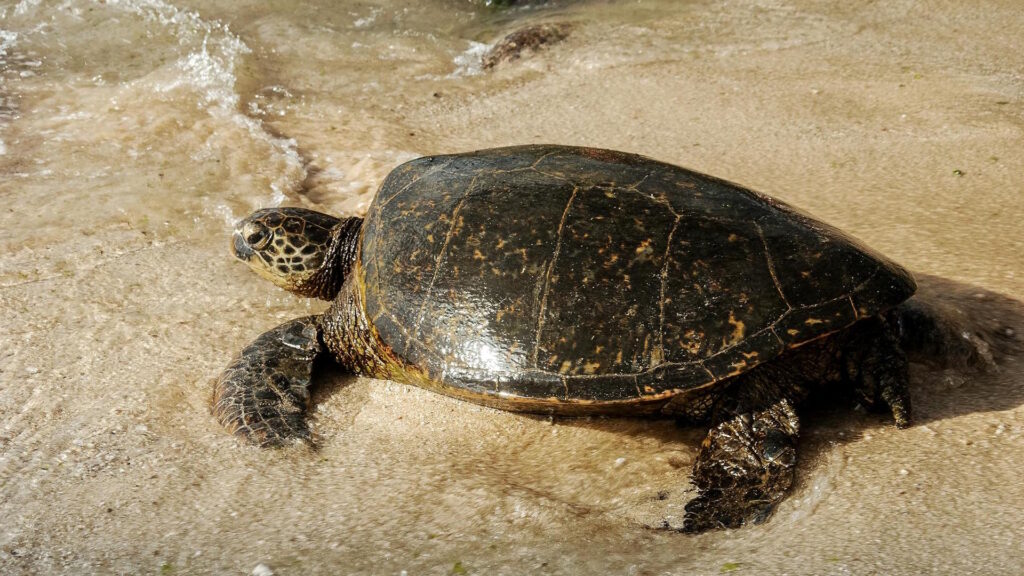
As ectothermic reptiles, sea turtles are sensitive to water temperatures and must maintain their body temperatures within viable ranges for survival. This physiological constraint serves as another crucial driver of their migratory behavior. Many species move toward warmer equatorial waters during colder months and retreat to more temperate regions when tropical waters become too warm. Leatherback turtles display remarkable temperature tolerance, venturing into sub-polar waters to feed on jellyfish blooms, but even they must eventually return to warmer regions. The sensitivity to temperature becomes particularly important for breeding females, who require warm sand temperatures for successful egg incubation. Climate change is now disrupting these temperature-based migration patterns, forcing turtles to alter traditional routes and timing as ocean temperatures shift. This thermoregulatory aspect of migration highlights how turtle movements are tightly coupled to environmental conditions beyond simply finding food or nesting sites.
Feeding Ground Geography
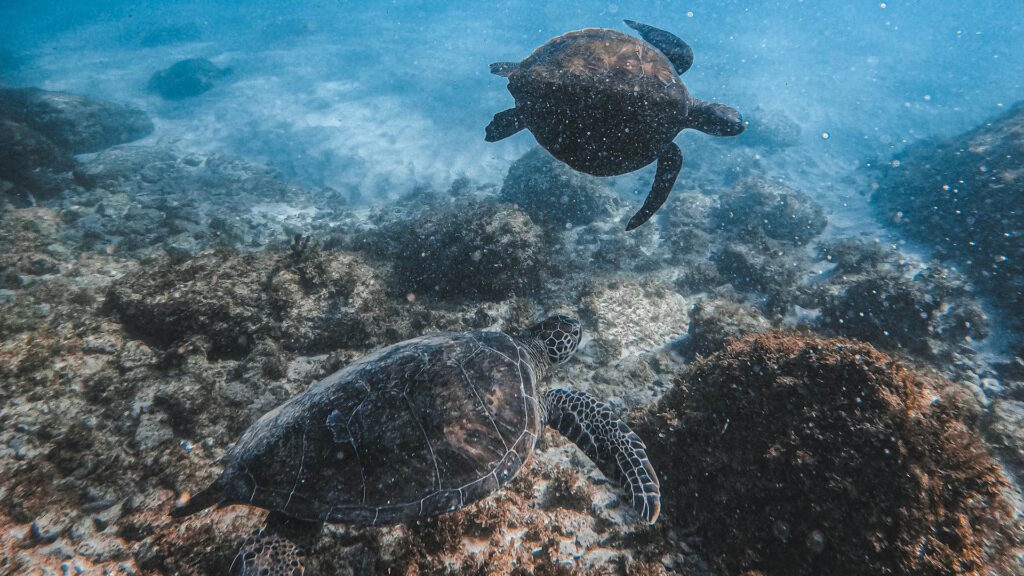
The global distribution of suitable feeding habitats plays a fundamental role in shaping sea turtle migration routes. Different species have specialized dietary preferences that dictate where they must travel to find abundant food. Green turtles transform from omnivorous juveniles to primarily herbivorous adults, requiring access to seagrass beds and algae-rich environments that may be thousands of miles from their nesting beaches. Leatherbacks pursue jellyfish concentrations that shift seasonally with ocean currents and temperature changes, leading them on hemisphere-spanning journeys. Loggerheads and hawksbills seek out reef environments rich in crustaceans, sponges, and other invertebrates. The productivity of these feeding grounds directly impacts turtle health, reproductive success, and migration frequency. Research has shown that turtles from populations with access to high-quality feeding grounds grow faster, reproduce more frequently, and lay more eggs than those in resource-limited areas. This close relationship between feeding ecology and migration underscores how sea turtle movements are fundamentally tied to the distribution of their preferred foods across vast ocean basins.
Remarkable Navigation Abilities
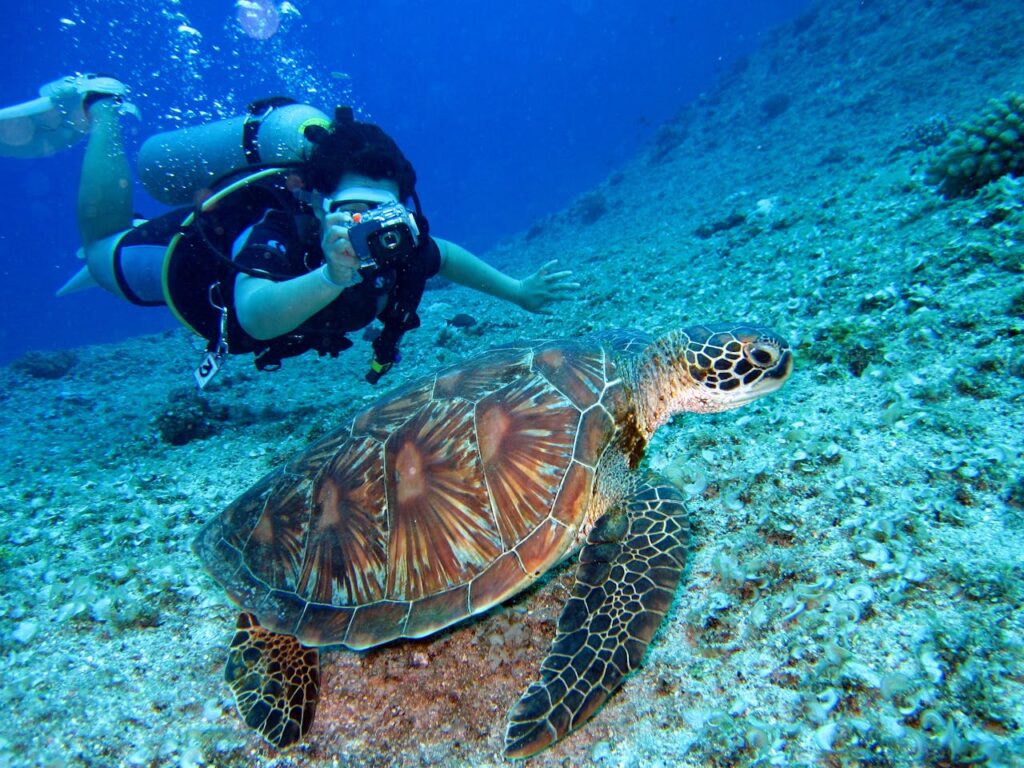
One of the most astonishing aspects of sea turtle migration is their extraordinary navigational capability that allows them to locate specific beaches across thousands of miles of featureless ocean. Scientists have identified multiple mechanisms working in concert to guide these journeys. Sea turtles can detect Earth’s magnetic field with remarkable precision, enabling them to determine both latitude and longitude based on the unique magnetic signatures of different ocean regions. This “magnetic map” serves as their primary navigation system for long-distance orientation. Turtles also utilize celestial cues, following the position of the sun during daytime and star patterns at night. Chemical cues likely play a role as they approach nesting beaches, with turtles potentially detecting familiar water compositions from their natal beaches. Visual landmarks become important during the final approach to nesting beaches, with turtles recognizing coastal features. This multilayered navigation system demonstrates sophisticated sensory integration that remains incompletely understood by scientists, representing one of nature’s most impressive feats of biological navigation.
The Perilous Journey of Hatchlings
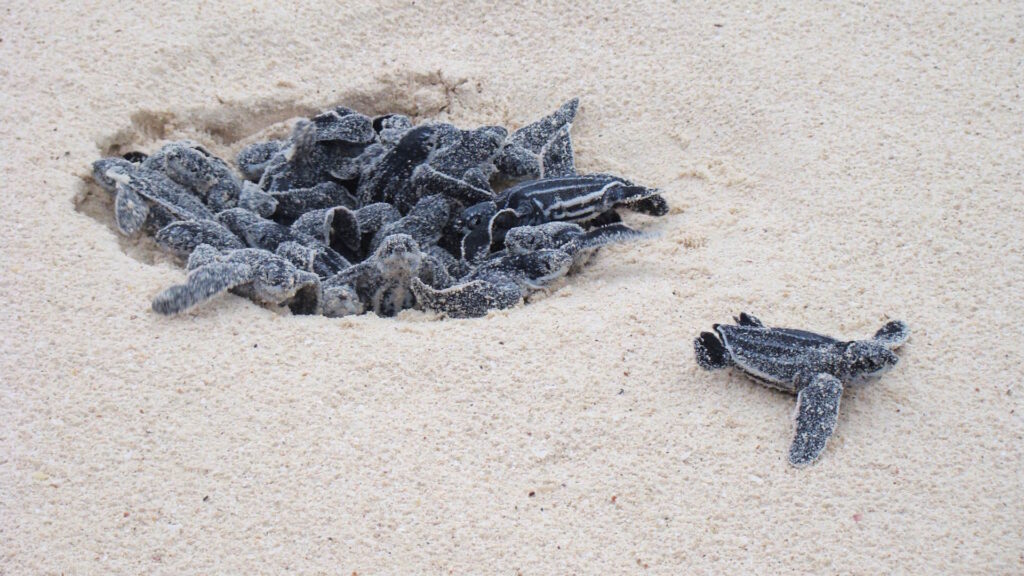
The migratory journey of sea turtles begins within minutes of hatching, as tiny newborns engage in a desperate dash from nest to sea that represents one of nature’s most vulnerable migrations. After emerging from nests containing 80-120 eggs, hatchlings must immediately navigate toward the ocean using visual cues—primarily the brighter horizon over the water. Once in the surf, hatchlings enter a “swimming frenzy” period lasting 24-48 hours where they swim continuously offshore to reach deeper waters and escape coastal predators. These miniature mariners, typically weighing less than 20 grams, then begin an epic journey into oceanic convergence zones and current systems. Loggerhead hatchlings from Florida enter the North Atlantic Gyre, a circular current system they’ll ride for 7-12 years while developing into juveniles. During this “lost years” period, young turtles drift with currents while gradually developing the navigational abilities they’ll need as adults. This early migration stage suffers extremely high mortality rates, with perhaps only one in a thousand hatchlings surviving to adulthood.
Oceanic Highways: Following Currents
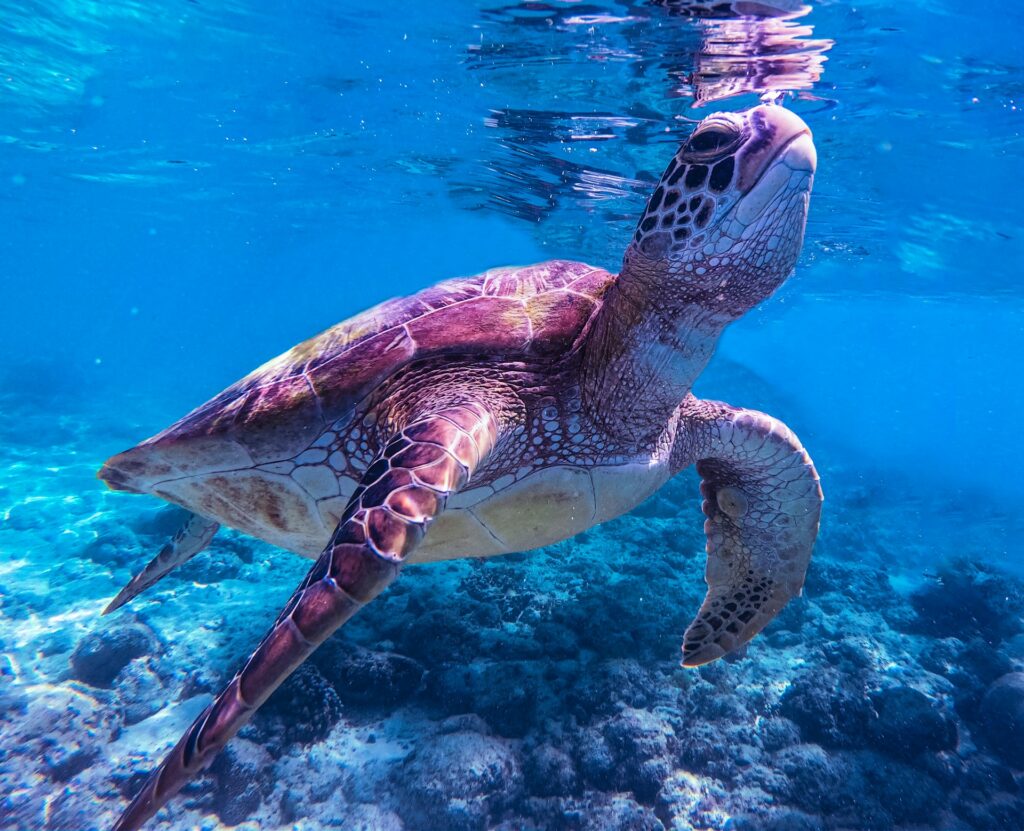
Ocean currents serve as critical pathways facilitating sea turtle migrations, essentially functioning as marine highways that help conserve energy during long journeys. Major current systems like the Gulf Stream, Kuroshio, and Humboldt currents feature prominently in documented migration routes across all sea turtle species. By selectively swimming with favorable currents, turtles can significantly reduce energy expenditure while maintaining directional movement toward their destinations. Satellite tracking studies have revealed that turtles demonstrate remarkable precision in locating and utilizing these current systems, sometimes diving to different depths to access currents moving in preferred directions. Young turtles are particularly dependent on these oceanic conveyor belts, with their developmental habitats largely determined by where currents carry them during their first years. The relationship between currents and migration becomes increasingly important as climate change alters traditional current patterns, potentially disrupting migratory routes that have been used for millennia. Understanding how turtles interact with these current systems remains a priority for conservation biologists seeking to protect critical migratory corridors.
Migration Duration and Frequency
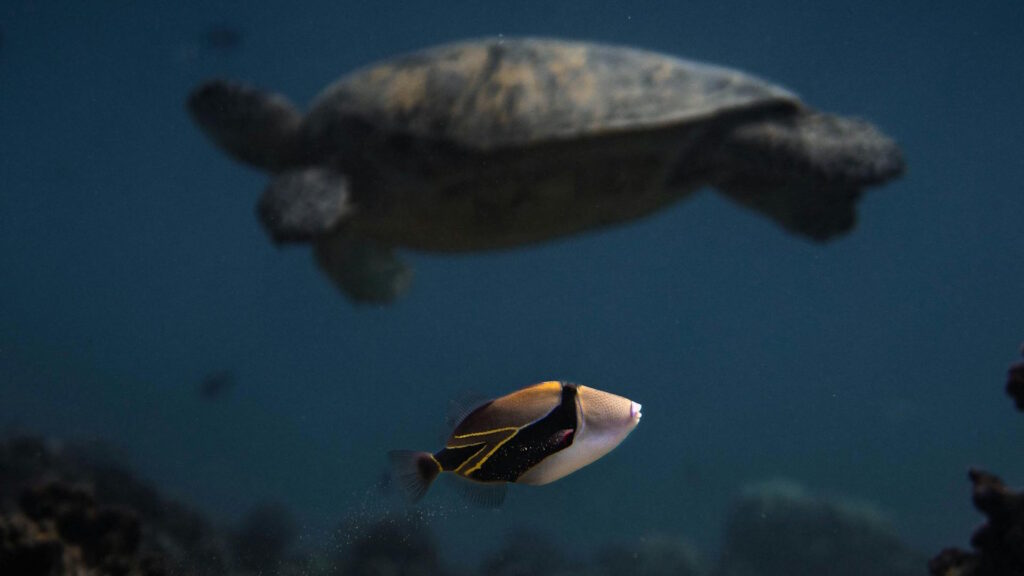
The timing and frequency of sea turtle migrations vary considerably both between species and individual turtles, creating complex patterns that researchers are still working to fully understand. Breeding migrations typically occur every 2-5 years for females, with the interval largely determined by how quickly turtles can accumulate sufficient energy reserves at feeding grounds to support the energy-intensive processes of migration, egg production, and nesting. Green turtles often show longer intervals between nesting seasons (3-4 years) compared to the more frequent migrations of olive ridleys (1-2 years). The duration of migratory journeys can range from several weeks to many months, with documented migrations lasting anywhere from 30 days to over a year depending on the distance traveled and obstacles encountered. Interestingly, turtles often show different timing during the post-nesting return journey to feeding grounds compared to their pre-nesting migration, frequently taking more direct routes after completing the reproductively demanding nesting process. Some populations also demonstrate seasonal migrations tied to changing water temperatures or food availability that occur independently of breeding cycles.
Human Threats to Migratory Pathways

As sea turtles navigate their ancient migratory routes, they increasingly encounter human-created hazards that threaten these critical journeys. Commercial fishing operations pose perhaps the greatest danger, with longlines, gill nets, and trawls causing hundreds of thousands of turtle deaths annually as unintended bycatch. Shipping lanes frequently intersect with migration corridors, resulting in deadly vessel strikes that particularly affect slower-moving species like loggerheads. Plastic pollution has become a pervasive threat, with turtles mistaking floating debris for food items like jellyfish, leading to intestinal blockages and starvation. Coastal development destroys and degrades nesting beaches through artificial lighting that disorients hatchlings, physical obstacles blocking beach access, and sand compaction from vehicles and structures. Climate change represents an overarching threat that alters current patterns, shifts food distributions, changes water temperatures along migratory routes, and threatens to submerge traditional nesting beaches through sea level rise. The combined effect of these anthropogenic hazards creates a gauntlet of dangers along migratory pathways that were once relatively safe for millions of years.
Technological Insights into Migration
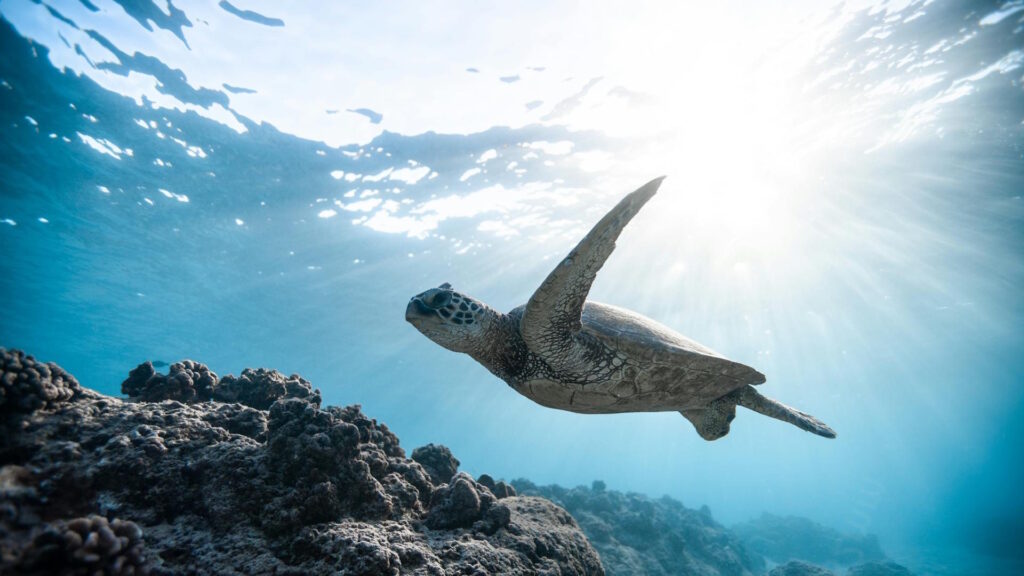
Advances in wildlife tracking technology have revolutionized our understanding of sea turtle migration over the past three decades, providing unprecedented insights into these remarkable journeys. Satellite transmitters attached to turtle shells now allow researchers to track individuals in near-real time as they navigate across ocean basins, revealing precise routes, travel speeds, diving behaviors, and stopover locations. Genetic analysis has demonstrated connections between seemingly distant populations, helping scientists map the complex relationships between feeding grounds and nesting beaches across global turtle populations. Stable isotope analysis of turtle tissues provides chemical signatures that reveal feeding histories and habitat use patterns without requiring physical tracking. Advances in drone technology and remote sensing enable noninvasive monitoring of migrations in areas that were previously difficult to study. The integration of these technologies with oceanographic data and computer modeling has enabled researchers to predict how migrations might shift in response to climate change, informing forward-looking conservation strategies. These scientific advances have fundamentally transformed our understanding of turtle migration from general patterns to highly detailed individual journeys.
Conservation Efforts Protecting Migratory Routes
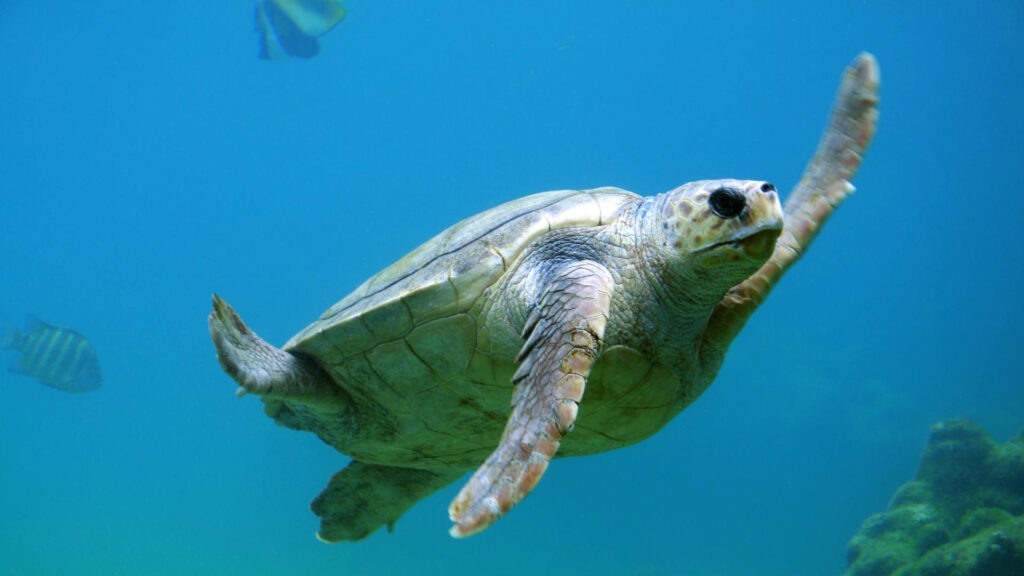
Recognizing the critical importance of migration to sea turtle survival, conservation efforts increasingly focus on protecting entire migratory corridors rather than just nesting beaches. International agreements like the Convention on Migratory Species provide frameworks for coordinating protection across national boundaries that single turtles cross during their journeys. Marine Protected Areas strategically positioned along migratory routes offer safe passage through heavily fished regions, with networks of protected areas designed to cover critical habitats used during different life stages. Fishing gear modifications, including Turtle Excluder Devices (TEDs) in shrimp trawls and circle hooks in longline fisheries, have dramatically reduced bycatch mortality in some regions. Satellite tracking data helps identify migration hotspots where conservation measures can be concentrated for maximum effect. Beach protection programs combine local employment opportunities with conservation by employing former egg harvesters as beach monitors and tourist guides. Educational programs raise awareness about the importance of healthy oceans for maintaining migratory pathways, particularly in coastal communities where human activities directly impact turtle migrations. These multifaceted approaches reflect growing recognition that effective sea turtle conservation requires protecting the entire migratory cycle.
The Future of Sea Turtle Migration
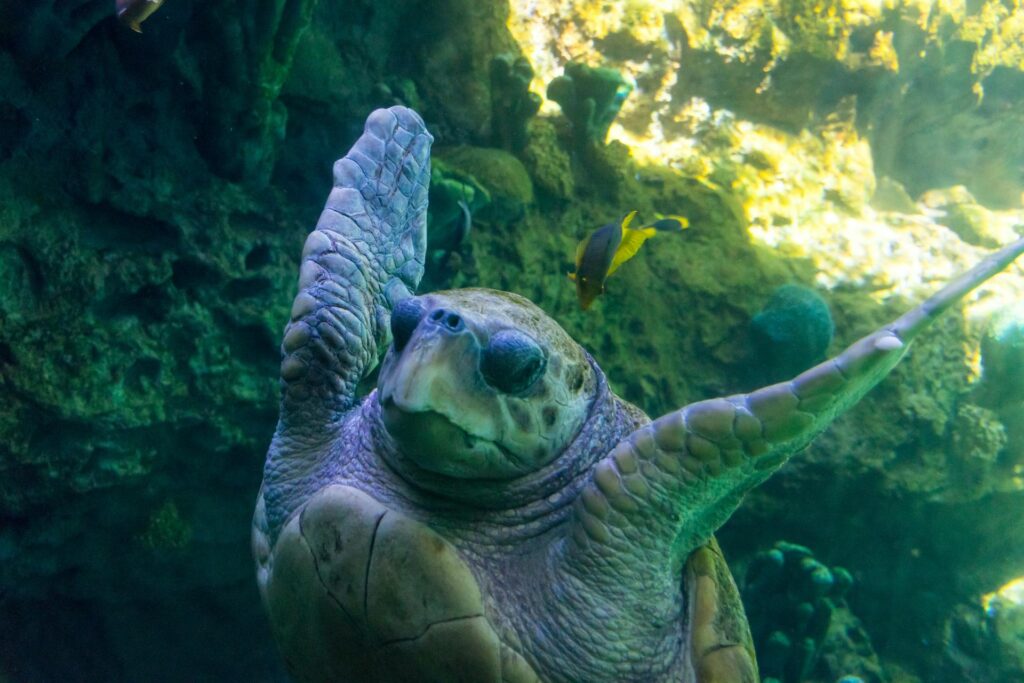
As our planet undergoes rapid environmental changes, the future of sea turtle migration faces both unprecedented challenges and reasons for hope. Climate change threatens to fundamentally alter traditional migratory patterns through shifting ocean currents, changing water temperatures, and rising sea levels that may inundate critical nesting beaches. Increasing ocean acidification could degrade coral reef feeding habitats for species like hawksbills and loggerheads. However, turtles have demonstrated remarkable adaptability over their 100+ million year evolutionary history, suggesting some capacity to adjust to changing conditions. Conservation successes in regions like the Caribbean and Australia demonstrate that declining populations can recover when appropriate protections are implemented. Advances in fishing technology continue to reduce bycatch while maintaining commercial fisheries. Growing public awareness and ecotourism centered on turtle migration create economic incentives for protection. The future will likely see both the loss of some traditional migratory routes and the development of new pathways as turtles adapt to our changing world. The continued survival of these ancient migratory patterns will depend largely on humanity’s willingness to accommodate and protect these remarkable journeys in the decades ahead.
Conclusion
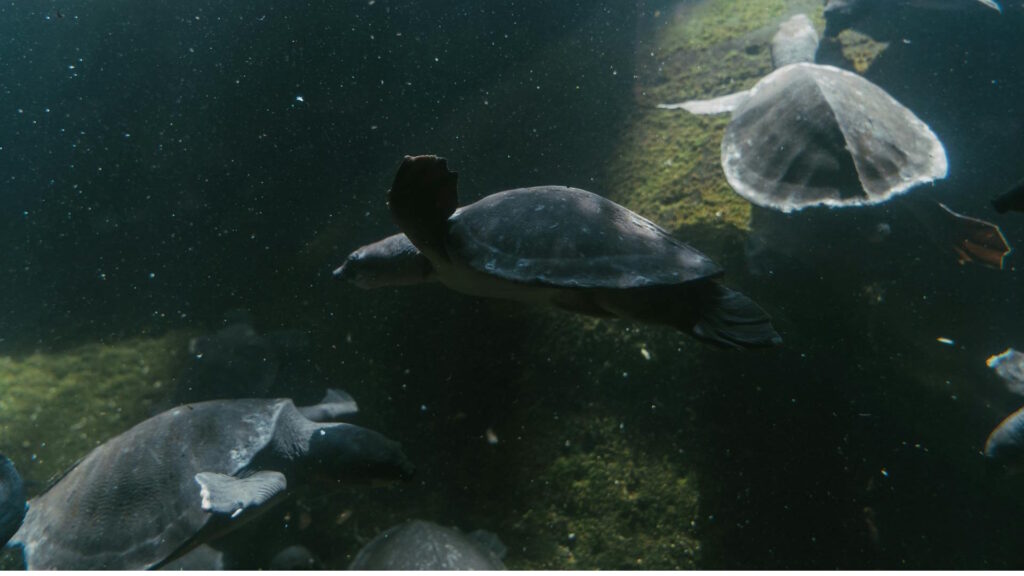
In conclusion, sea turtle migration represents one of nature’s most extraordinary phenomena—a complex behavior shaped by millions of years of evolution that connects disparate ocean habitats through the journeys of individual animals. Driven by the necessities of reproduction, feeding, and temperature regulation, these migrations showcase remarkable navigation abilities that science is still working to fully understand. From tiny hatchlings scrambling toward the surf to massive leatherbacks crossing entire oceans, the migratory imperative shapes every aspect of sea turtle biology. While human activities have created unprecedented threats to these ancient pathways, our growing understanding of migration and commitment to conservation offer hope that future generations will still witness these epic journeys across our blue planet. The story of sea turtle migration reminds us that even in our increasingly human-dominated world, wild creatures continue their remarkable life cycles, following ancient patterns that connect continents and span generations.

